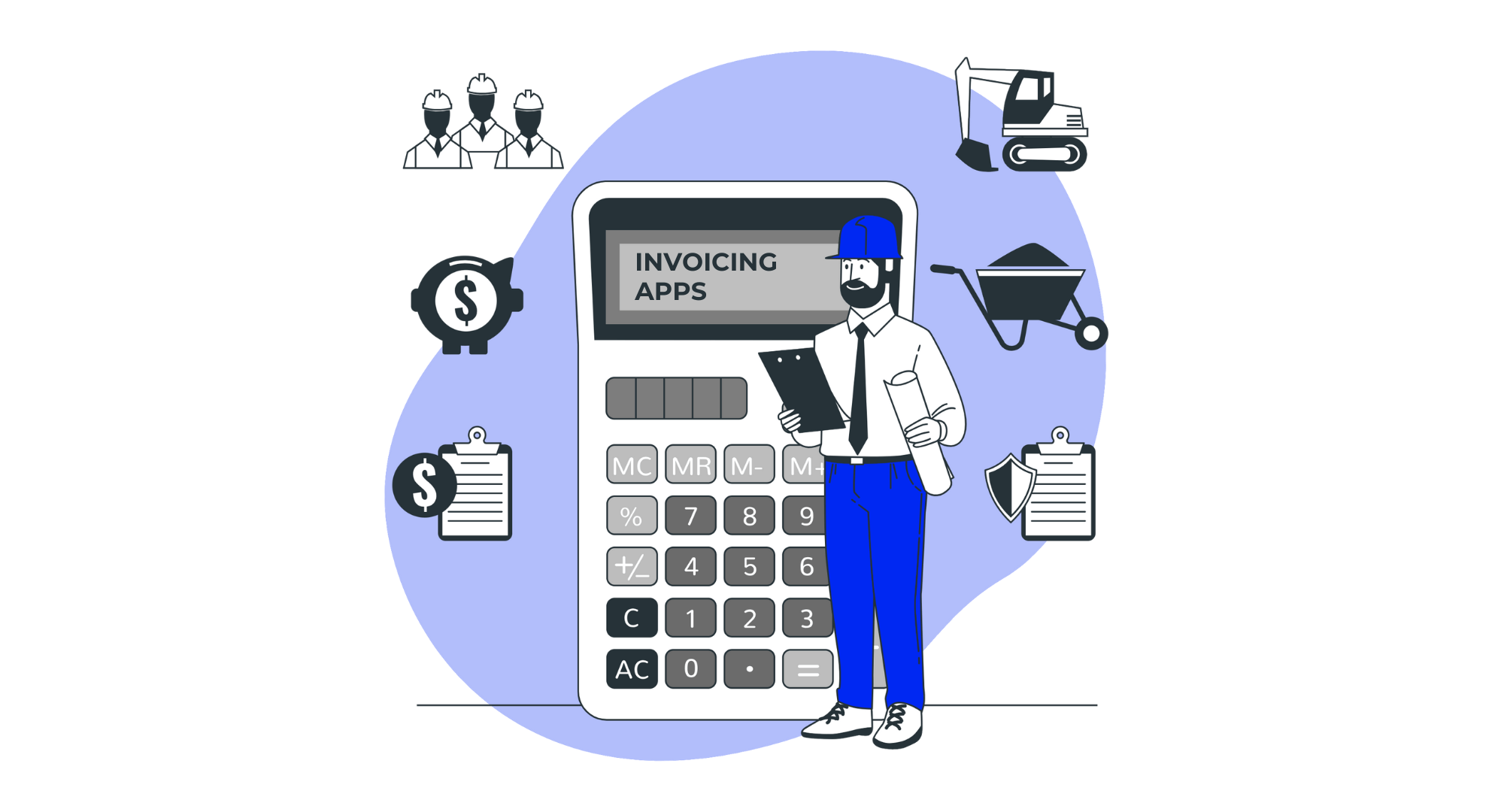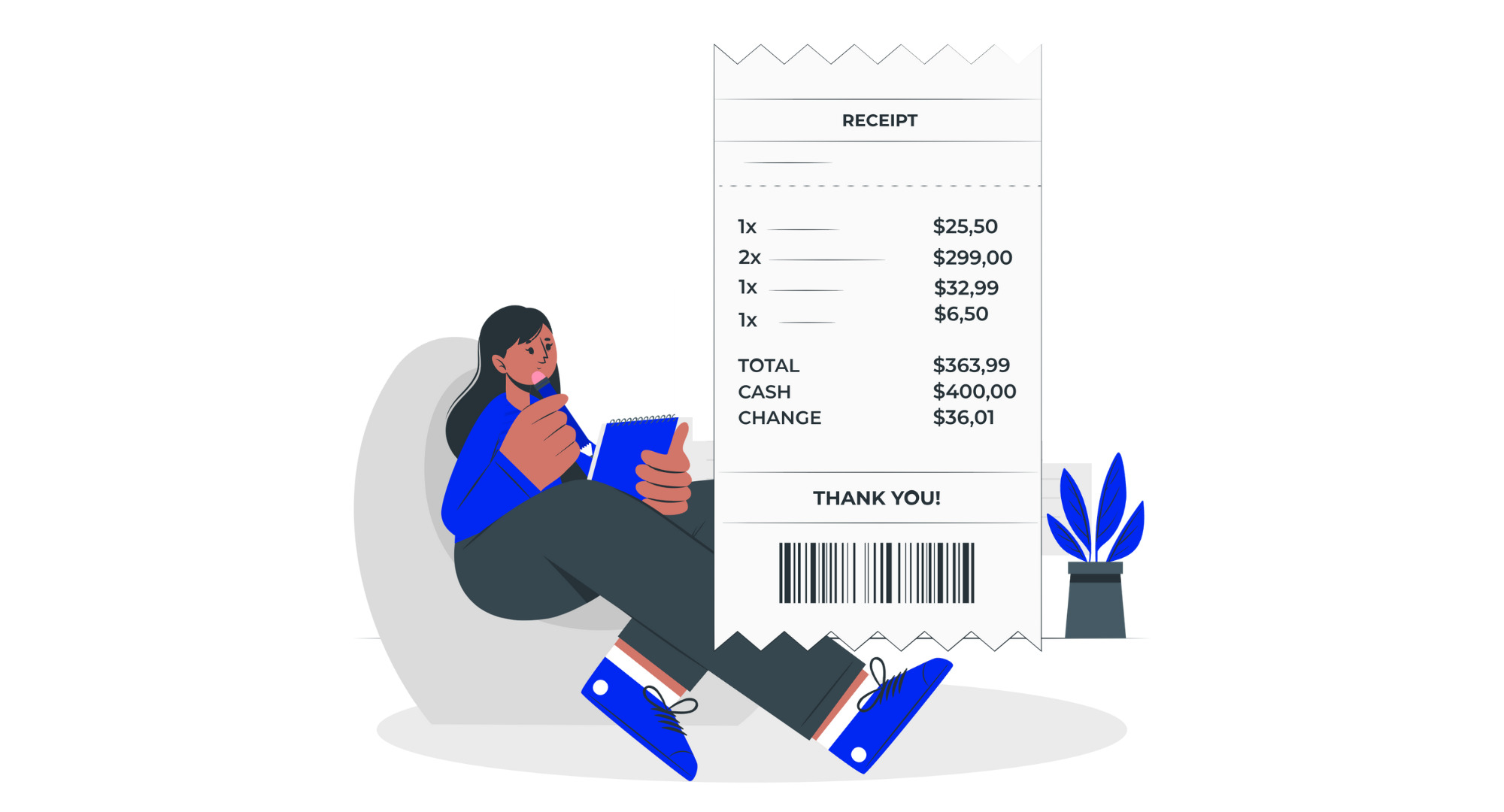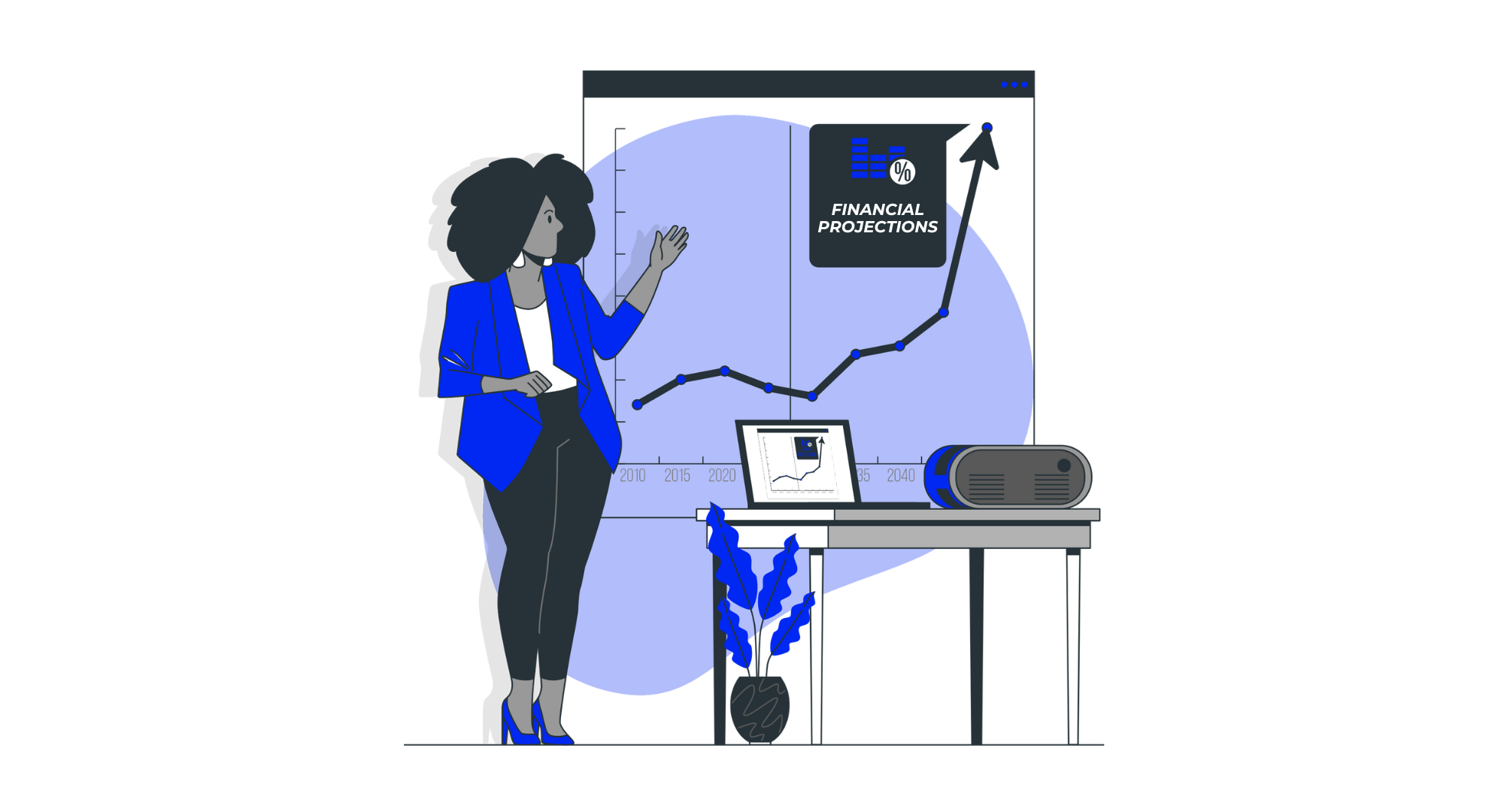
Did you know that not using financial data analytics correctly can cost a company 1% in revenue per decision? Over time this can have a major negative impact on your business. That’s why SMB (small to medium business) owners should define, develop and apply finance analytics.
With a proper team making financial decisions they can make better financial decisions and prevent loss of revenue for your business. But what is financial data analytics and why is it important for SMB owners to integrate it into their business model? That’s what you can find out in today’s article. Keep reading to find out more.
What is Financial Data Analytics?
Financial data analytics is a process that allows business owners to view their company’s financial data statistics. With this type of data, you’ll have the extensive financial knowledge to improve your company’s performance based on its financial status.
Furthermore, knowing your financial data statistics allows you to calculate your company’s revenue to see where you can improve. Small businesses need to know what their financial data statistics are so they can expand their company and see which sections they can save costs on.
With proper financial data analytics, you can predict the future using financial forecasting so you can make better decisions.
Types of Financial Analytics
There are several types of financial data analytics to consider in a business infrastructure. With these types of statistics, you can view where you’re losing money. This way you can devise a plan to improve your processes so that you make money instead of losing it. Take a look at the different types of financial data analytics below.
Client Profitability
Every small to medium-sized business must identify the clients that are making them money and those who are costing them more. Within a business structure, company owners should adopt the 80/20 rule. This means 20% of clients should account for 80% of your profit whereas 20% of your time will accumulate 80% of the results.
With the 80/20 rule, you can determine which 20% of your time produces 80% of the results so you can spend more time on those activities. Or identify which 20% of clients contribute to the most profit so you can nurture those customers more.
You will only know what your client profitability is with a proper financial data analytics report to help you identify which clients are contributing to the growth of your company.

Products Profitability
For your small or medium-sized business to stay ahead of your competitors you must identify which products or services are making more profit. Rather than analyzing your business as a whole, you can use product profitability data to help you determine the profit of each item or service you sell.
You’ll have to analyze each product individually to get a proper record of its profitability. Your product profitability data will give you insights across your product range so you can improve your growth and revenue over time.
Predictive Sales
Sales revenue is important for all types of businesses. You must have an overview of your sales data to improve sales predictions. You can do this in many ways such as identifying past trends that increased profit. With a predictive sales financial data analytics process you can evaluate economic peaks and dips in sales so you can manage them efficiently.
Value Driven
Most small business owners have goals on how they’d like to expand their companies and how much profit they want to make in years to come. You can create a business strategy map so you can pinpoint your value drivers which is what your company needs to identify its strategic goals.
With value-driven financial data analytics, you can assess these levers to ensure you can reach your business goals by delivering the expected outcome.
Cash Flow
You need a certain amount of money to run your business. You won’t be able to run a company without electricity or employees to do the work. So you need cash flow to pay your utility bills or your employees’ salaries. Cash flow is fundamentally the livelihood of your business.
However, you must understand your cash flow to gauge the health of your company. You can predict cash flow by using certain tools such as regression analysis. With proper cash flow management, you can ensure you have enough money for your business to operate and you can support a range of other functions to optimize your business.

Five Reasons Why You Need Financial Data Analytics
Now that you know more about the different types of financial data analytics what are the benefits of having this type of data? Take a look at the following five reasons why you should use financial data statistics for your business.
Helps You Make Important Financial Decisions
Financial data analytics can help you enhance financial decision-making. You can develop your company’s goals and objectives and evaluate economic trends with financial analytics. This type of embedded analytics evaluates your company’s historical data so you can have a better understanding of your company’s future financial health.
Provides an Overview of Your Financial Status
Unlike financial statistics reports used for accounting, financial analytics provides a more dynamic examination. You must have an overview of your financial status if you’re seeking investment capital. Analyzing these documents helps investors determine whether you’re making money.
Additionally, it assists investors to identify a reasonable cost per share. Shareholders invest in a business to make more money.
To define shareholder total equity the capital investments are added to assets and liabilities are subtracted.
Minimizes Waste and Increases Revenue
Using financial analytics will help business owners make smarter decisions to minimize waste and increase revenue. You’re able to have sound financial planning that will improve cash flow, profitability, and value of your company. You can do this by using the following analytics:
- Claims processing
- Portfolio analysis
- Credit scoring
- Customer analytics
To minimize waste you must identify cross-sell and up-sell opportunities and build models for credit scoring to help you identify risky customers. You can also recognize fraudulent transactions using patterned detection.
Makes Business Processes Easier for Employees
With new technology and constant changes in processes within any industry, businesses have become more complex. This raises plenty of questions from employees. However, financial data analytics helps answer these questions.
Financial analytics gives managers and executives more detailed and accurate reports about the company. As a result, it strengthens the relationship between employees and managers and improves work performance. Questions that employees might ask are the following:
- Are investments within the organization made in the right path?
- What are the risks that the business is exposed to?
- What factors could affect the company’s growth in the future?
A detailed report will provide peace of mind to make the business processes easier for your employees. This is especially true for small to medium-sized business owners who have employees who are concerned about the future growth of the company.
Manage Your Company’s Financial Assets
Efficiency ratio analysis helps a company identify how well it’s managing assets and uses this type of data to generate revenue and cash flow. Efficiency ratios include:
- Fixed asset turnover ratio
- Inventory turnover ratio
- Cash conversion ratio
- Asset turnover ratio
Analyzing whether a company has too much inventory assists you for upcoming sales months. Keeping too much inventory is a problem that can tie up money. While having too little inventory can lead to losing market share or customers.
Documents Used in Financial Data Analytics
Financial data analytics can be viewed on financial statements. Three financial statements are used to analyze financial data. Take a look at these statements in this next section.
Income Statements
An income statement allows business owners to view their organization’s performance over a certain time. The main components of an income statement include expenses incurred, revenues earned, and net profit and losses.
On the other hand, income statements don’t show you the current financial status of your company but it does provide data on future opportunities. Your net income is the results you get from your income statements. The income statement will give you an overview of how far your organization’s goals are that need to be achieved.
Balance Sheet
Your balance sheet gives you data on your financial assets and items you have within your organization. Unlike income statements, a balance sheet can provide data on your company’s current financial position. A balance sheet will list your company’s resources but the information doesn’t show you how these resources are managed.
There are two main components to a balance sheet:
- Assets: Your company’s assets are divided into non-current and current assets.
- Liabilities: An organization’s liabilities are divided into long-term debt and current liabilities.
Cash Flow Statement
A cash flow statement is similar to an income statement because it keeps a record of your organization’s performance. The difference between income and cash flow statements is that the income statement gives data on cash items. On the other hand, cash flow statements take non-cash items into account such as depreciation.
Your cash flow statement provides data on the inflow and outflow of cash within your organization. With this statement, you’ll have a clear indication of what your company’s debt is and the bills you have to pay to keep the organization running. A cash flow statement will also provide information on financial growth over time.
Analyze Your Financial Health
To analyze your company’s overall financial health you need to consider three main components of your financial data analytics which are profitability, leverage, and liquidity. These components are internal factors that a company operates on that are out of business owner or management control. In order to track the above components you can get advantage of a data broker that will gather and range your financial data for your reference.
Find out more about these three components in this next section.
Leverage
Leverage is the amount of money a company has borrowed from a third-party organization to optimize its operations. This is one of the components within an organization that banks and investors consider.
A business will have a high leverage ratio if it has more debt compared to its equity. With a lower leverage ratio, the company won’t be exposed to risks such as bankruptcy.
Profitability
Profitability is your company’s return of investment that you’ve put into your business. Many factors can affect your business’s profit such as debt, expenses, market trends, and even your assets. As a business owner, you must always put plans forward to increase your profit to improve your company’s performance.
Liquidity
Liquidity is your company’s cash available to pay your bills, debt, and any other expenses that you need to pay in order for your business to stay afloat. Every company whether big or small will need the correct amount of liquidity to pay their company’s expenses.
Low liquidity means your organization has poor performance and it’s not making enough profit. Your liquidity can fluctuate depending on how much sales you bring in and the effects the economy has on your business.
Therefore your cash flow won’t be the same every month. But no matter what the situation is you need to ensure that your company is making enough money to pay salaries and to pay for your bills each month.
Final Thoughts
Do you need an easy way to create financial data analytics for your company? Billdu provides affordable digital tools for SMB owners to create detailed financial data statistics for their organizations. Thanks to the online invoice generator and expense records tools to get an overview of your company’s expenditure.
What’s more, you can manage your inventory with a tracker so you can provide accurate data on your product profitability analysis. With all the online financial tools offered by Billdu, you can create detailed financial data analytics to optimize your company’s performance and increase your revenue.
Digitalize your financial data analytic reports with Billdu so you can have access to them on the go and share them with multiple shareholders or people within your organization.










